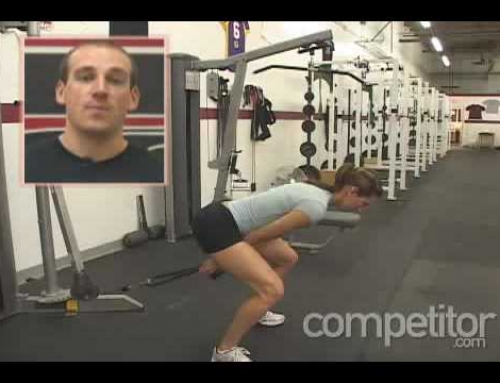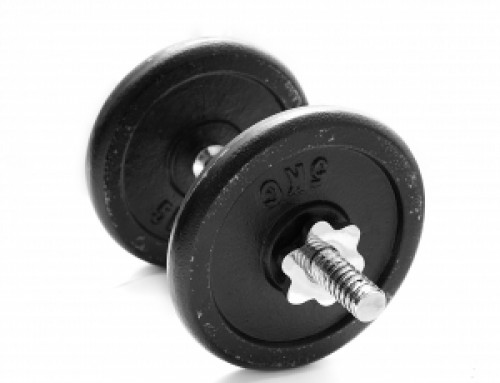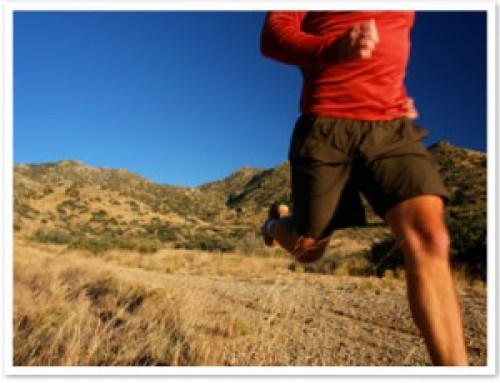Tennis is a game of rapid stops, starts, turns and jumps. Every one of these moves can be linked back to the part of your body just below your low back, The Hip. When it comes to your movement on the court, the hip musculature is one of the most important to have ready. If you remember the last blog about assessment, the hip is the low back and knees best friend. The more mobile the hips are, the more your low back and knees are spared the work. When it comes to pain free, high performance tennis, this is the scenario you want day after day.
Muscles that help control the hip joint are the Glutes, Hip Flexor Group, Hamstrings, Quadriceps and Groin Muscles. In order for the hip to work efficiently, there has to be a balance across the hip joint so that dominance does not occur. Let me explain that last sentence a little more. Because many of us either sit at a desk or behind a wheel for a good portion of our day, we have a tendency to have a shortened front side of our hips, hip flexors, quadriceps. With that short front side comes a lengthened back side, glutes, and hamstrings. If a muscle remains lengthened for a long period of time without working, we tend to lose some of the function of that muscle or movement that that muscle may produce. You may see where I am starting to go with this. As we turn off some of our muscles, others have to work harder to produce the movements we desire, such as sprinting to the net to volley a drop shot from our opponent, cutting hard to get back for that tough lob shot. The muscles that are now compensating for those movements get tired pretty fast and start to break down. Here is where the injuries begin.
As you can see, having a mobile, efficient hip complex can be one of the most important parts of your game. Having a game plan for your warm-up is beneficial for you practice or competition every day. For our athletes, we have found a great routine that not only prepares the individual muscles, but the entire movement systems for whatever you ask of your body at practice, during speed and agility drills, lifting weights or playing a game.
If you have any questions about the following routine, please visit our website listed below or ask your fitness professional for help.
Soft Tissue Mobilization:
Very simply, soft tissue mobilization is a self massage to try and alleviate any trigger points in your muscles, or any areas that may be resistant to stretching or movement. This can be accomplished with a couple of different tools. Two that we prefer are a Foam Roller, or The Stick. Both of these tools are great to find trigger points and releasing them so that the muscles can function efficiently. These items can be purchased at http://www.performbetter.com/ and can be used daily to ensure that your muscles and muscle fascia are ready to stretch and work. The technique is to roll on or over your muscle to find any, “Hot Spots”, or areas that are a little sore. The trick is to stay on that spot for 20-30 rolls, even though it may be a little uncomfortable, to try and reduce the trigger point. This will allow the muscle to get some length and turn on the way it is supposed to.
Neuromuscular Activation:
Rolling out the trigger points is the first step in you warm-up process. Now we have to turn on the muscles, in the correct order, so that they can do what they are supposed to do. This can be achieved by some simple exercises that target movement patterns, to develop efficiency on the court.
Planks, (face down and side), Mini-band Walks and Bridges, (1 & 2 leg), are all examples of how you can get a good balance across your hip joint. You can pick up a great DVD on Neuromuscular Activation, by Robb Rogers, at http://www.sbcoachescollege.com/.
Dynamic Flexibility:
Several years ago, the Dynamic Flexibility/Warm-up/Movement Prep revolution was born. This lead to a lot of controversy on whether it was still good to static stretch, or that the dynamic method was now the way to go. We still static stretch our athletes, but do not spend a big chunk of our time, pre-workout, on it. If an athlete has a big asymmetry in his hamstring length, meaning one side is much more flexible than the other, we may spend more time with that athlete to develop symmetry. For this, using traditional stretches is fine. The following are some of the dynamic stretches we use, with our athletes, to promote good hip mobility/flexibility/stability.








